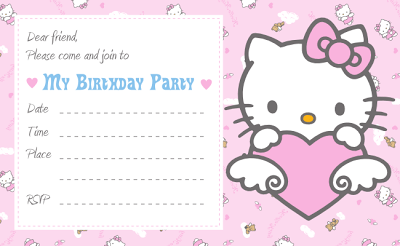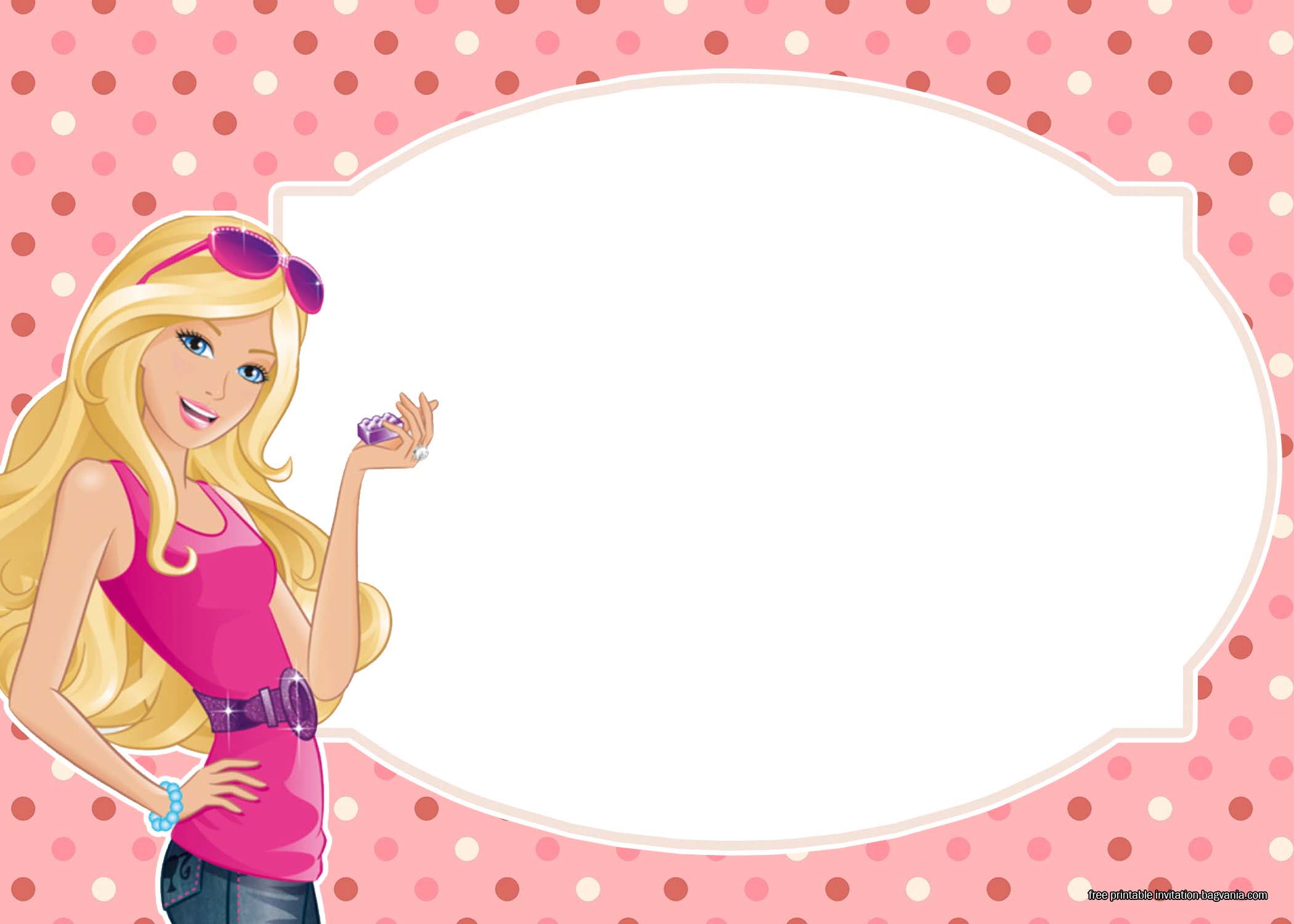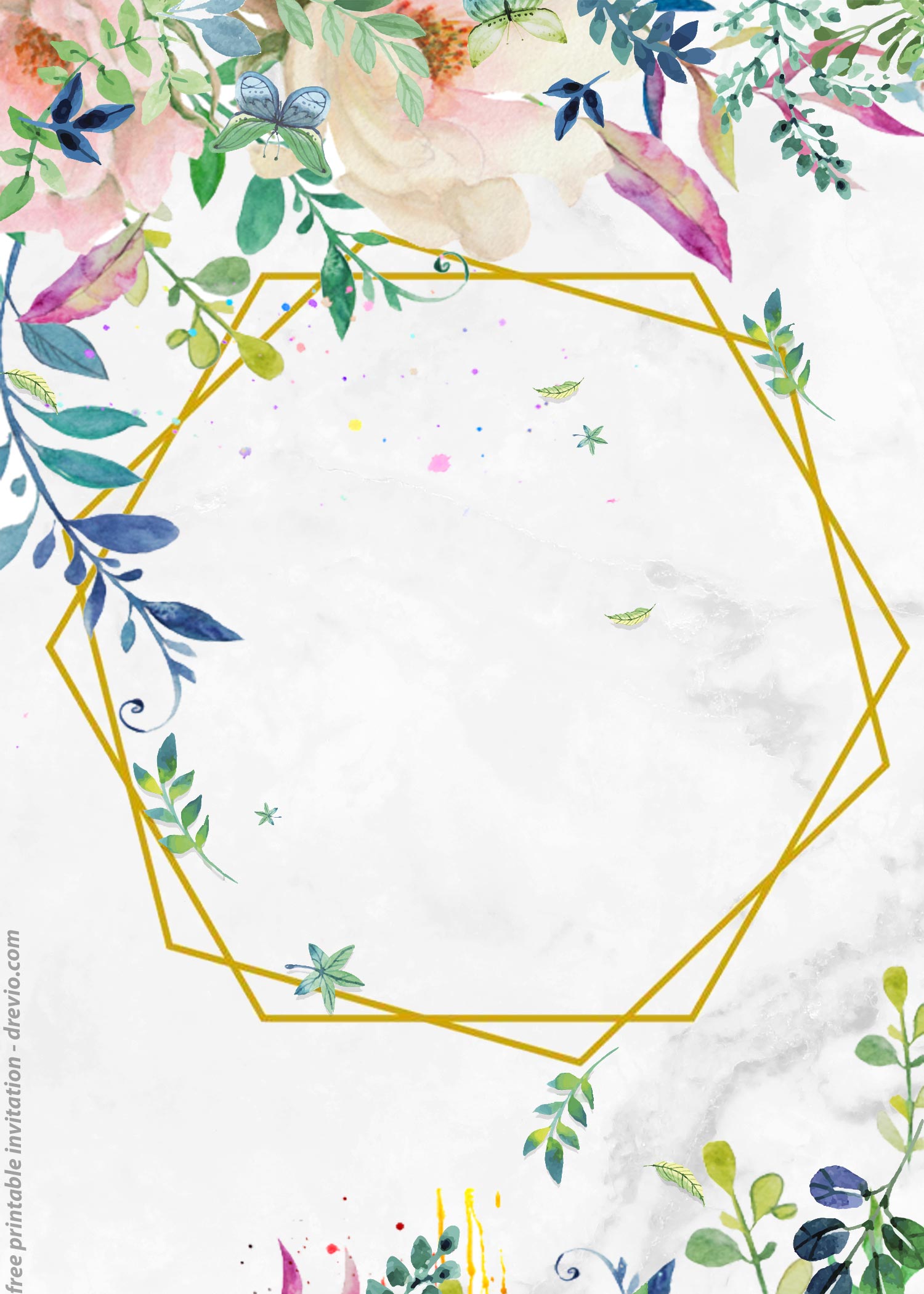Puzzle building activity is a delightful way to engage children in both fun and learning. For toddlers, the puzzles do not need to be complicated, simple puzzles that get them to put parts of an object together are going to spark their creativity. Whether they’re assembling the pieces of a rocket ship, a shark, a human body, or a tree, puzzle building activity goes beyond the joy of putting the parts together, this activity helps develop critical skills like problem-solving, hand-eye coordination, and spatial awareness. As kids match shapes, colors, and patterns, they also build patience, focus, and a sense of accomplishment.
In this article we will talk about the amazing benefits of simple puzzle building activity for toddlers. An activity that is perfect for both playtime and learning, to support a child’s cognitive and emotional growth. We will also point you to some amazing websites where you can get the necessary resources to get started. If you are planning to incorporate this activity in a playdate or a party, we have some tips and free invitation templates for you at the end. So let’s get started!
Benefits of Simple Puzzle Building
1. Enhances Problem-Solving Skills
Puzzle building activity challenges children to think critically and solve problems independently. As they figure out how different pieces fit together, they develop logical reasoning and learn to approach challenges with patience and determination. This foundational skill can be applied to many real-life situations, helping them navigate complex tasks with confidence.
2. Boosts Hand-Eye Coordination
Manipulating puzzle pieces requires precision and control, which strengthens the connection between a child’s hands and eyes. This activity enhances their motor skills, improving their ability to perform tasks that require dexterity, like writing, drawing, or using tools.
3. Encourages Spatial Awareness
As children work on their puzzle building activity, they gain a better understanding of spatial relationships. They learn to visualize how pieces fit together, which supports skills in geometry, map reading, and even art. Spatial awareness is also key for understanding and navigating the physical world.
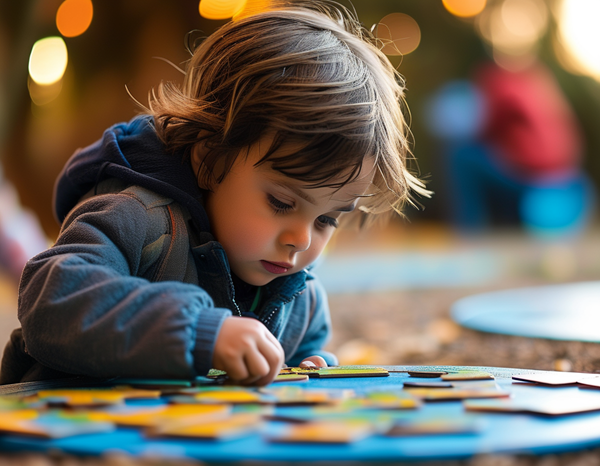
4. Builds Patience and Focus
Completing a puzzle requires sustained attention and perseverance. This activity naturally encourages children to concentrate on a single task, teaching them the value of patience and the rewards of persistence. Over time, this helps improve their attention span and ability to complete tasks without frustration.
5. Promotes Emotional Growth
The sense of accomplishment children feel when completing a puzzle is incredibly empowering. It boosts their confidence and fosters a growth mindset, showing them that challenges can be overcome with effort and practice. This emotional resilience is a valuable life skill.
6. Encourages Collaboration and Communication
When done in groups, puzzle-building becomes a collaborative effort that promotes teamwork and communication. Children learn to share ideas, take turns, and work together toward a common goal. This helps them build social skills and strengthens bonds with family and peers.
7. Sparks Creativity and Imagination
Puzzle building activity with themes like rocket ships, sharks, or trees inspire curiosity and creativity. They invite children to explore new topics and imagine stories about the images they’re building. This creative engagement nurtures their sense of wonder and encourages exploration of the world around them.
Getting Started
Before getting the puzzle templates, there are a few things that you should take not to ensure a smooth, enjoyable experience. It will also encourage your toddlers and preschoolers to stay engaged with the activity while learning and having fun.
1. Choose Age-Appropriate Puzzles
Select puzzles that are suitable for preschoolers, with larger, easier-to-handle pieces and simple, engaging images. Themes like animals, vehicles, or nature can capture their interest while aligning with their developmental stage.
2. Create a Comfortable Workspace
Set up a flat, clean surface where children can easily spread out the puzzle pieces. Ensure the area is well-lit and free of distractions, allowing kids to focus on the activity. Small trays or mats can help organize pieces and prevent them from getting lost.
3. Introduce the Activity with Enthusiasm
Start by showing the completed image of the puzzle and explaining the theme in an exciting way. Use language that encourages curiosity, like, “Let’s build a rocket ship together!” or “Can we put together the pieces of this shark?” This builds anticipation and makes the activity feel special.
4. Have Extra Materials Handy
Provide additional tools, such as picture references, color-coded mats, or outlines to help preschoolers visualize the end result. You can also use small containers to separate pieces by color or shape, making the activity more manageable.
Fun and Simple Puzzle Building Activity Templates
There are so many amazing websites out there that provide printable puzzle templates. In this article, we will point you to some websites that provide puzzle templates that will get your children to build the puzzles by parts.
Body Parts Puzzle
For young children, putting the different body parts together is a great way to teach them about their body and how different parts can be put together to create a whole. Try this puzzle template from Bright Sprouts, with their brightly colored templates that are just perfect for your little ones. Don’t forget to help them out with the cutting part of this activity.


Rocket Ship Parts Puzzle
If you have little children who are obsessed with the outer space, this rocket ship puzzle will be a great fun for them. This puzzle building activity template is colorful and interesting without being to complicated for your little ones. Sit with them and learn the names of the different parts of a rocket ship together!

Another template of a rocket ship parts puzzle, this one is from Artsy Craftsy Mom. Plain templates are a great way to get children to bring forth their imagination and creativity. When they are done putting together the parts of the rocket ship, get them to decorate and color them in any way they like!

Parts of a Tree Puzzle
Are your children interested in the natural world? Maybe they want to know more about the parts of plants and trees around them, then this is the puzzle building activity for them. This puzzle template from Twin Cities PBS allows them to learn about the different parts of a tree (roots, trunk, fruit, etc.) and put these parts together to create a master piece.

Animal Parts Puzzle – Shark!
For your little animal lovers, get them puzzle templates that allow them to put together different parts of animals. This fun template of a shark is from Nurtured Neurons and is just a great fun for children of any age. Get them to learn and name different parts of this animal; fins, teeth, eyes and everything else.

Why It’s a Fun Group Activity
Yes, puzzle-building is a fantastic group activity for preschoolers! It encourages teamwork, communication, and shared joy while keeping children engaged in a collaborative task. Here’s how you can make it fun and inviting for a group:
- Collaborative Problem-Solving: Preschoolers learn to share ideas, take turns, and work together to complete the puzzle.
- Social Interaction: The activity creates opportunities for conversation, laughter, and bonding as children work toward a common goal.
- Shared Accomplishment: Completing the puzzle as a group gives everyone a sense of achievement and fosters camaraderie.
- Creativity Boost: Children can discuss the theme of the puzzle (like imagining a story about the rocket ship or shark) and spark each other’s imaginations.
How to Invite Others to Join
1. Choose a Theme That Excites the Group
Pick puzzles with themes that align with the interests of the children involved, such as animals, vehicles, or nature. Mention the theme in your invitation to build excitement:
- “Let’s build a big rocket ship puzzle together!”
- “We’re putting together a giant tree puzzle – come and help!”
2. Use Fun Invitations
For a formal gathering or playdate, craft colorful invitations. These could be printed cards or digital messages featuring playful language and images, like:
- “Puzzle Party Alert! Join us for a fun adventure building puzzles together.”
- “We need your help to assemble an awesome shark puzzle! Let’s do it as a team!”
3. Plan a Puzzle Playdate
Set a date and time for the group activity. Prepare multiple puzzles so children can rotate between them or work on different ones simultaneously. Offer snacks or a themed story time afterward to make it a full experience.
If you need help with your invitations, feel free to check out our collection of invitation templates. Whether to send as a personal invitation or a social media post, these templates are such a fun and adorable way to get others excited about your group event. Here are some invitation templates with fun and festive designs that will be perfect for your event:
- 7+ Safari Animals For Boys Birthday Invitation Templates
- 8+ Funny Emojis Birthday Invitation Templates
- 8+ Cute Cartoon Airplane For Boys Birthday Invitation Templates
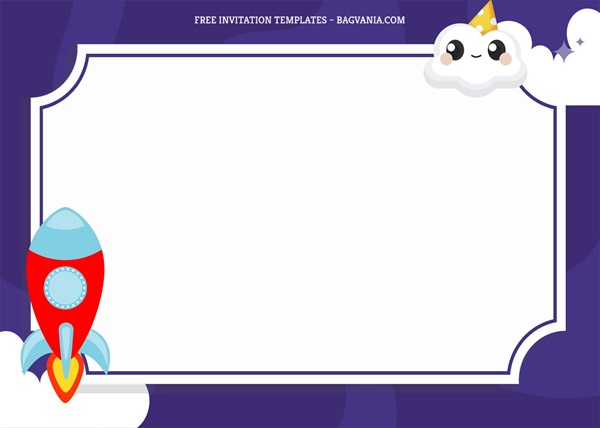
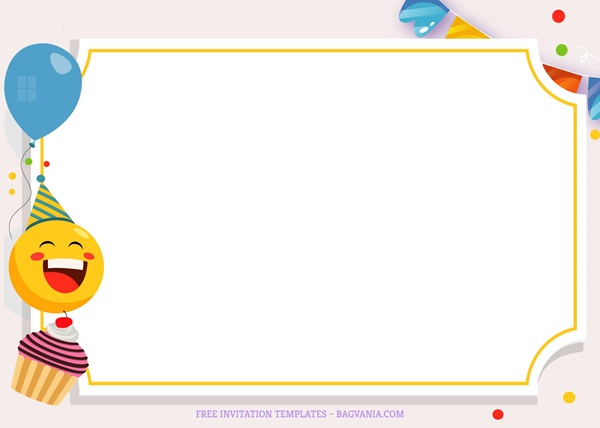
All you have to do is download the invitation template of your liking and edit in the details to your “Puzzle Building Activity” playdate or party!
Conclusion
Puzzle building activity is more than just a fun pastime for preschoolers; it’s a gateway to valuable learning and growth. Through this simple yet engaging activity, children develop essential skills like problem-solving, hand-eye coordination, and spatial awareness while also nurturing their creativity and emotional resilience. Whether they’re piecing together a rocket ship, a shark, a tree, or a human body, each completed puzzle becomes a celebration of their effort and teamwork.
As parents and teachers, incorporating puzzle building activity into a child’s routine is a wonderful way to foster development and create joyful memories. With just a little preparation and enthusiasm, this activity can become a beloved tradition that inspires curiosity, collaboration, and a lifelong love of learning. So, gather the pieces, invite friends, and watch as the children build not only puzzles but also essential life skills.

























